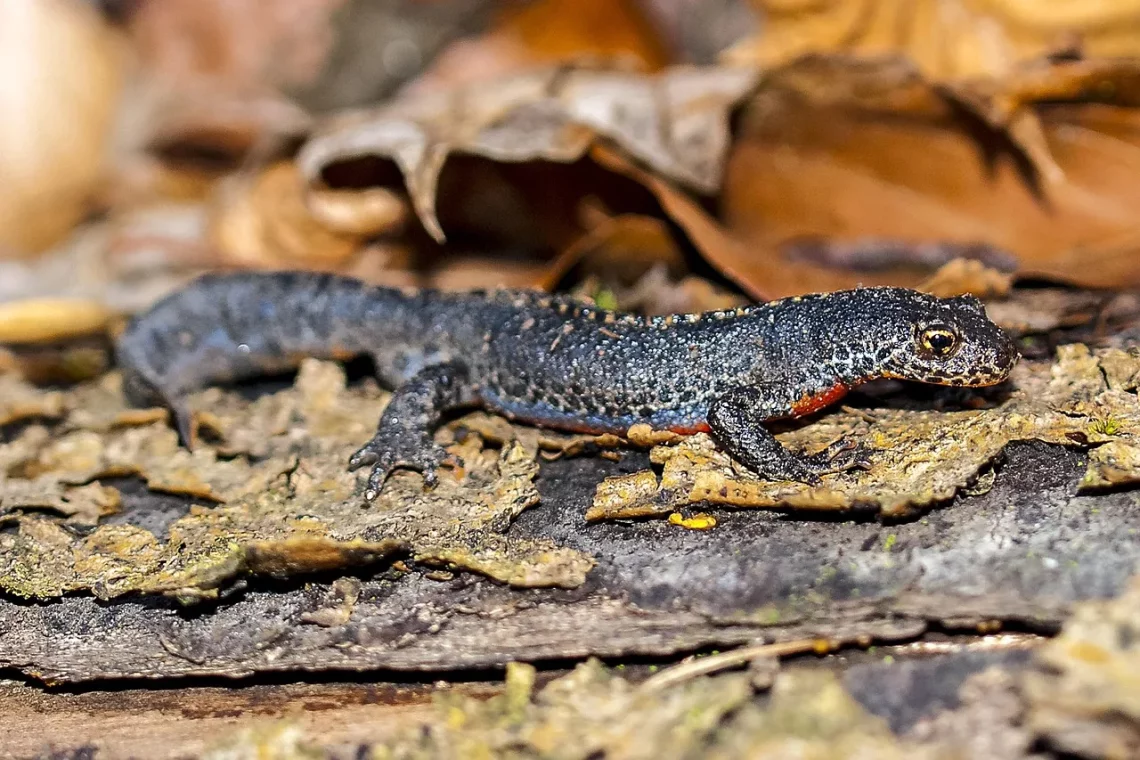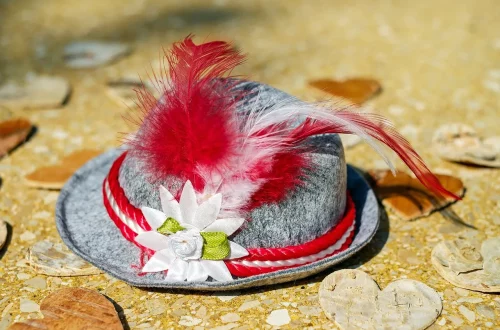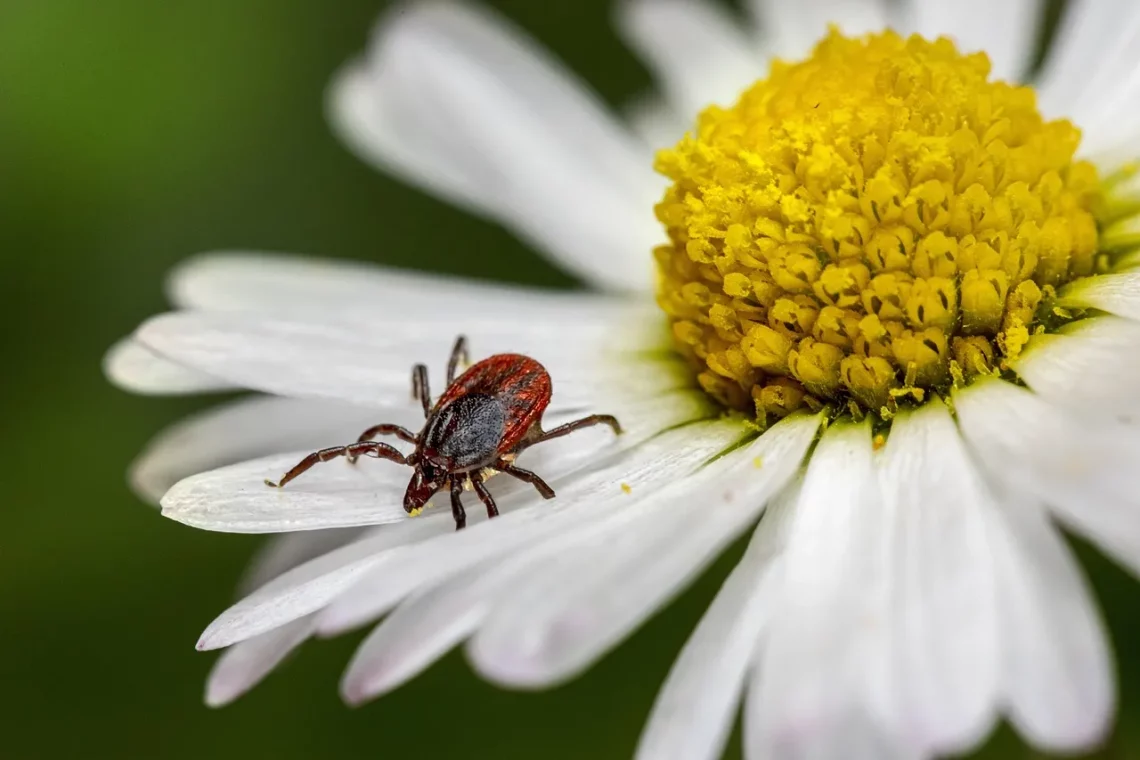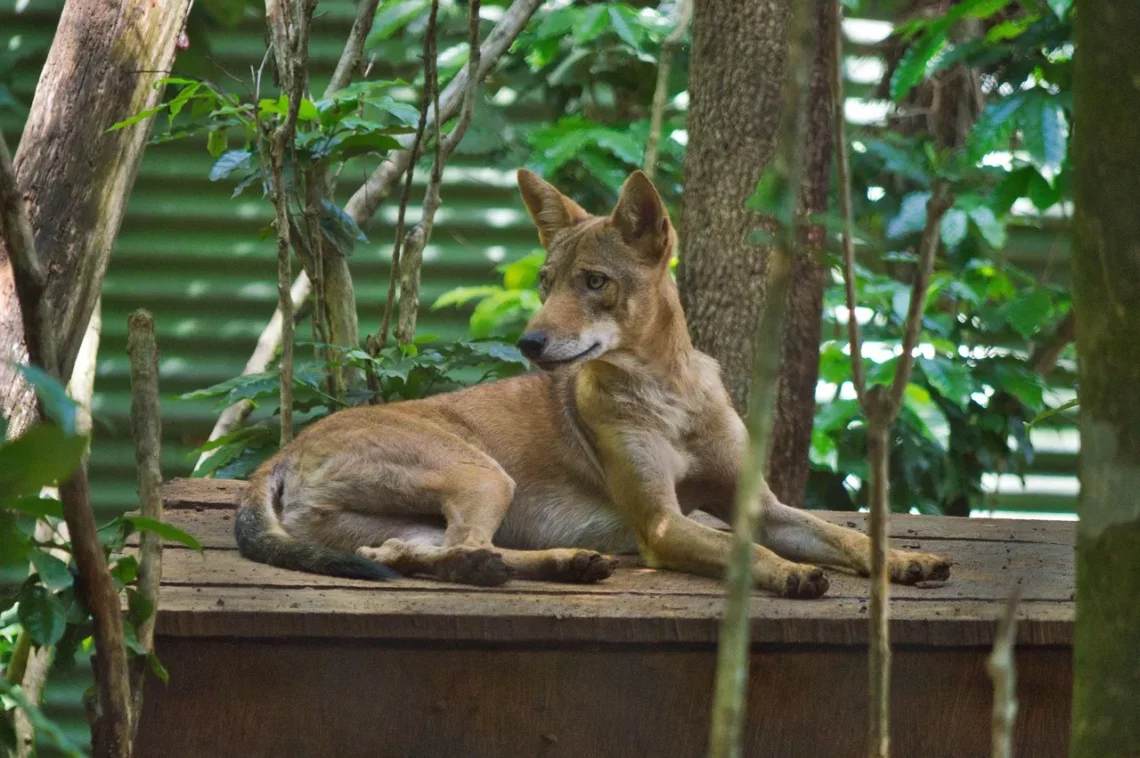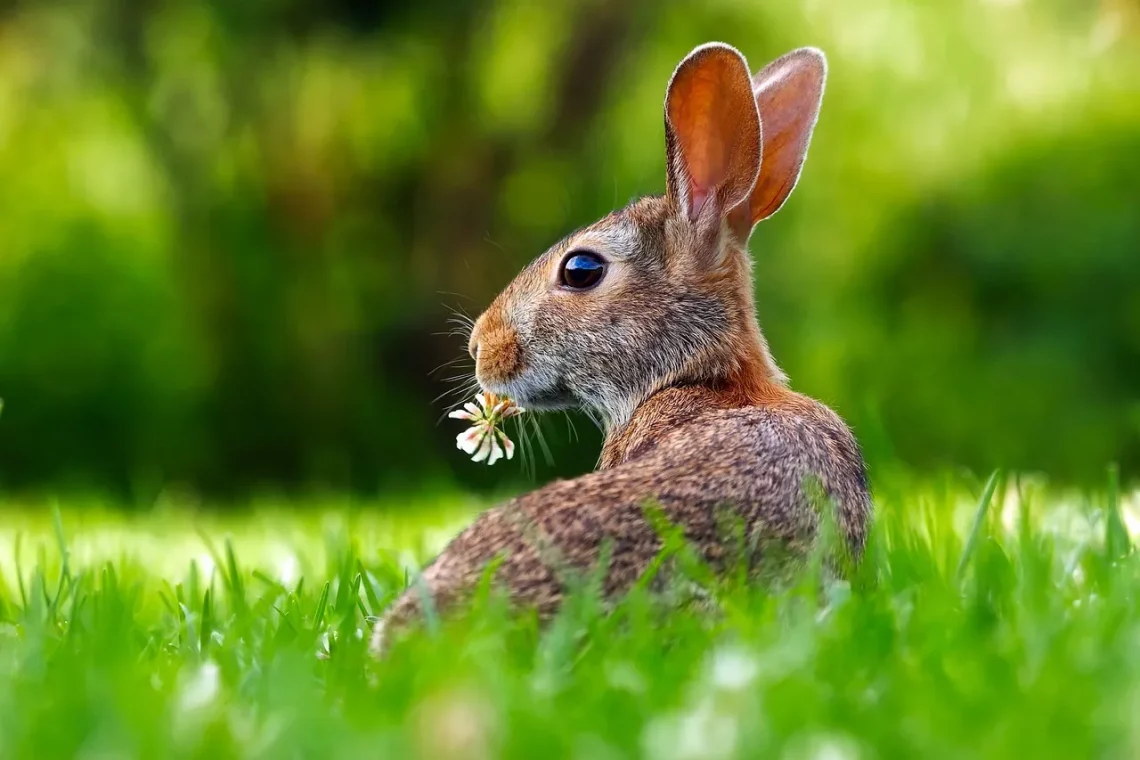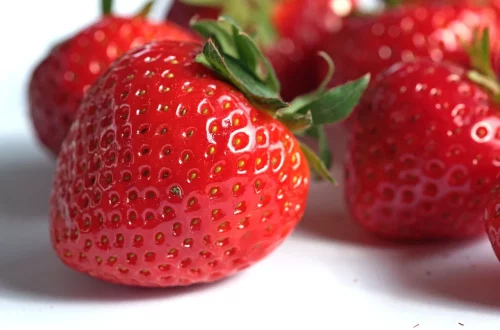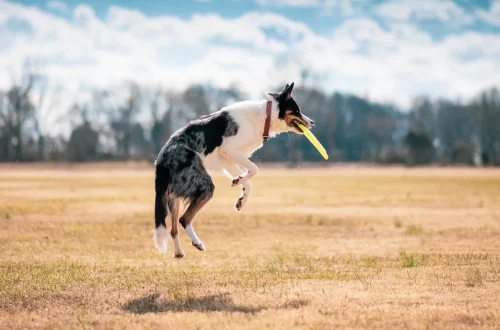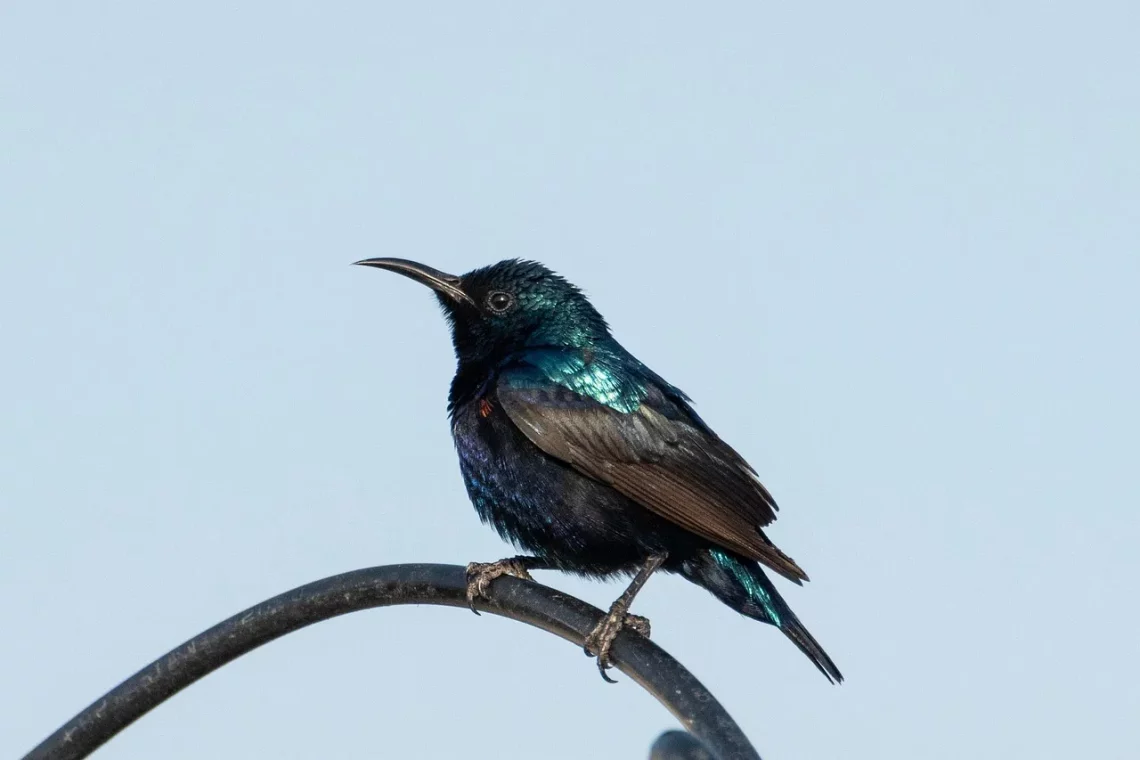-
Exploring the Diet of the Red Eyed Tree Frog: What Do They Eat?
The Red Eyed Tree Frog, known for its vibrant green body and striking red eyes, is one of the most iconic amphibians found in Central and South America. These fascinating creatures are not only visually captivating but also play a critical role in their ecosystems. As nocturnal hunters, they exhibit a range of intriguing behaviors and adaptations that allow them to thrive in their natural habitats. The lush, humid rainforests and wetlands where they reside provide an abundance of food sources that support their dietary needs. Understanding the diet of the Red Eyed Tree Frog is essential for appreciating its ecological role and conservation status. These frogs primarily consume a…
-
Discovering the Fascinating Life of the Red Bellied Newt
The red-bellied newt, a captivating amphibian, has intrigued naturalists and wildlife enthusiasts alike for generations. This small creature, native to North America, is a remarkable example of nature’s diversity and adaptability. Found primarily in the moist habitats of the eastern United States, particularly in regions with ample freshwater sources, these newts exhibit a fascinating array of behaviors and characteristics that set them apart from other amphibians. Their vivid coloration, especially the striking red hue on their bellies, serves as a warning to potential predators about their toxicity, a clever survival strategy honed through evolution. But beyond their vivid appearance, the life cycle, habitat preferences, and ecological significance of red-bellied newts…
-
Can Ticks Survive in Water? Exploring Their Habitat and Behavior
Ticks are small arachnids that belong to the class of arachnids, closely related to spiders and mites. Despite their diminutive size, these creatures have gained notoriety as vectors of various diseases, including Lyme disease and Rocky Mountain spotted fever. Their life cycle includes several stages—larvae, nymphs, and adults—and they rely on a host for blood meals at each stage to grow and reproduce. Ticks are often found in grassy or wooded areas, where they can easily latch onto passing animals or humans. The survival strategies of ticks are fascinating, particularly when it comes to their resilience in different habitats. One of the most intriguing questions that arise is whether ticks…
-
Do Birds Eat Walnuts? Exploring Their Dietary Preferences
Birds are fascinating creatures that have captivated humans for centuries with their vibrant colors, melodic songs, and unique behaviors. One interesting aspect of their lives is their dietary preferences, which can vary significantly among different species. While many people envision birds as seed and insect eaters, their diets can actually be quite diverse, encompassing fruits, nuts, and even small animals. This diversity is essential for their survival, as it allows them to adapt to various environments and seasonal changes in food availability. Understanding what birds eat is not only important for birdwatchers and enthusiasts, but it also plays a crucial role in conservation efforts. By knowing their dietary habits, we…
-
The Enigmatic Glow of Coyote Eyes at Night
The night unfolds a mysterious tapestry, woven with shadows and whispers that dance in the dim light. Among the many creatures that roam the nocturnal landscape, few evoke as much intrigue as the coyote. With their keen senses and adaptive nature, these animals navigate the darkness with a grace that captivates both the curious observer and the seasoned naturalist. Perhaps one of the most striking features of coyotes during the night is their eyes, which seem to emit an enigmatic glow under the moonlight. This phenomenon, often attributed to the structure of their eyes and the way light interacts with them, adds an air of mystique to these wild canids.…
-
Do Rabbits Sleep? Understanding Their Unique Sleep Patterns
Rabbits are fascinating creatures that have captured the hearts of many pet owners and wildlife enthusiasts alike. Their unique behaviors, social structures, and even their sleeping habits provide insight into their complex lives. Understanding how rabbits sleep is essential for anyone considering them as pets, as it can greatly affect their health and well-being. Unlike humans, rabbits have distinct sleep patterns that reflect their natural instincts and evolutionary adaptations. This article delves into the intricacies of rabbit sleep, highlighting the differences between their sleep cycles and those of other animals. The nocturnal and crepuscular nature of rabbits, combined with their prey status in the wild, influences their sleep behavior. When…
-
Can Turtles Eat Tomatoes? Understanding Their Dietary Needs
Turtles are fascinating creatures that have captivated the hearts of many. Their unique characteristics, such as their protective shells and slow-paced lifestyle, make them stand out in the animal kingdom. As pets, turtles have gained immense popularity due to their relatively low-maintenance needs compared to other animals. However, one of the key aspects of turtle care that often raises questions is their diet. Understanding what turtles can and cannot eat is essential for ensuring their health and longevity. The diet of a turtle can vary significantly depending on its species, age, and habitat. Turtles are generally classified into two main categories: herbivores and omnivores. Herbivorous turtles primarily consume plant-based foods,…
-
Exploring Wildlife Food Sources: Nourishing Nature’s Creatures
Exploring the intricate web of life on our planet reveals a fascinating interplay between wildlife and their food sources. Every ecosystem is a delicate balance of organisms, each relying on the others for sustenance and survival. The food sources available to wildlife vary dramatically across different habitats, from sprawling forests to arid deserts. Understanding these sources not only sheds light on the diets of various species but also highlights the importance of biodiversity in maintaining healthy ecosystems. Wildlife has adapted to utilize the resources available in their environment. Herbivores graze on plants, while carnivores hunt other animals, and omnivores consume a mix of both. This dynamic relationship emphasizes the significance…
-
The Best Food Options for Pigeons and Doves to Thrive
Feeding pigeons and doves requires a thoughtful approach to ensure their health and well-being. These birds are not just common sights in urban settings; they are also fascinating creatures with specific dietary needs. Unlike many other pets, pigeons and doves have a unique digestive system that necessitates a balanced diet for optimal health. The right nutrition plays a critical role in their overall vitality, feather condition, and reproductive success. Understanding the natural feeding habits of these birds can help us provide them with the best possible diet. In the wild, pigeons and doves primarily consume seeds, fruits, and vegetation. They have adapted to a variety of habitats, which means their…
-
Can Birds Eat Oatmeal? A Guide to Feeding Your Feathered Friends
Feeding birds can be a rewarding experience that brings joy to both the feeder and the feathered friends. As nature enthusiasts, many of us are keen to provide a variety of foods to attract different species of birds to our backyards. While birdseed mixes are a staple, there are numerous other food options that can supplement their diet. Among these, oatmeal has gained popularity as a potential treat for birds. The question arises: Can birds eat oatmeal safely? Oatmeal, made from processed oats, is rich in carbohydrates, fiber, and essential nutrients. However, not all birds may benefit equally from this food source, and the way oatmeal is prepared can significantly…




